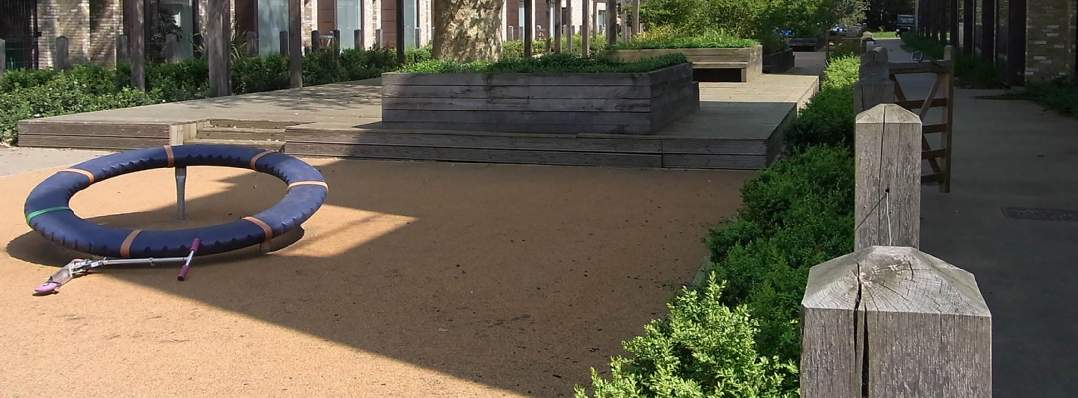Better Places is the latest publication from think tank the Policy Exchange on how high-quality placemaking, even beauty, can be embedded into the planning system by using a Placemaking Matrix.
It’s intended as a comprehensive checklist (against which scores are given) to assess the quality and beauty of a scheme. It’s proposed, initially at least, as a tool for assessing larger applications.
The assessment tool includes weightings for different categories and provides criteria for physical, socio-economic and psychological factors, so unusually poses questions that directly relate to the creation of a sense of place – an issue with which many schemes (and assessors) struggle. The weighted assessment results produce a score of Outstanding, Good, Average or Poor (49 per cent or below).
Questions range from the fairly basic ‘Have bins and utility meters been concealed from entrance facades?’ to the interesting ‘Have all residential properties with two bedrooms and above been fitted with dedicated pram storage space?’,‘Does the development eschew the segregated feel of a housing estate that is separate to its surrounding areas?’ and ‘Are unique architectural features in place that have the potential to become local landmarks? (i.e. clocks, clocktowers, bandstands, sundials, weather vanes)’.
Some of these questions might seem arbitrarily specific, but it’s not necessary to score a ‘strong yes’ (= four points) in everything to reach a rating of Good – and the report recognises that questions could be changed.
Answering the questions listed does allow interrogation of detailed proposals at many levels and across different aspects of design. For example, as my colleague Andrew Buroni, health expert in Savills Earth, points out, having a set of 12 questions on health and wellbeing is a good start to ensuring that health is embedded in detailed designs. Reference to the identification of specific design features supported by the Joint Strategic Needs Assessment (used to plan local health and care needs) could be a useful addition.
The matrix criteria may not in reality achieve the stated purpose of assessing ‘beauty’. But they will provide local authorities with a useful and detailed checklist, and offer house builders clarity on what is likely to be required at detailed design stages, and what elements must be given consideration.
However, it’s a lot more complex than an assessment using just the 12 criteria from Building for a Healthy Life which is the most easy-to-use toolkit for design assessment.
There is plenty of scope for interpretation of the questions and argument about the answers (even though the report provides some analysis of what might be expected for each category). We’ll be very interested to see some more emerging score tests – and maybe do some ourselves. Our impression is that some of the criteria, in particular in ‘Buildings’ and ‘Sense of Place’ will prove problematic for some.
An end to poor design would be a fine outcome, and anything that moves us in that direction is helpful. But the Placemaking Matrix tool will not be a panacea. The skills and resources are still needed – not just to assess proposals, but to design them well in the first place.










.jpg)